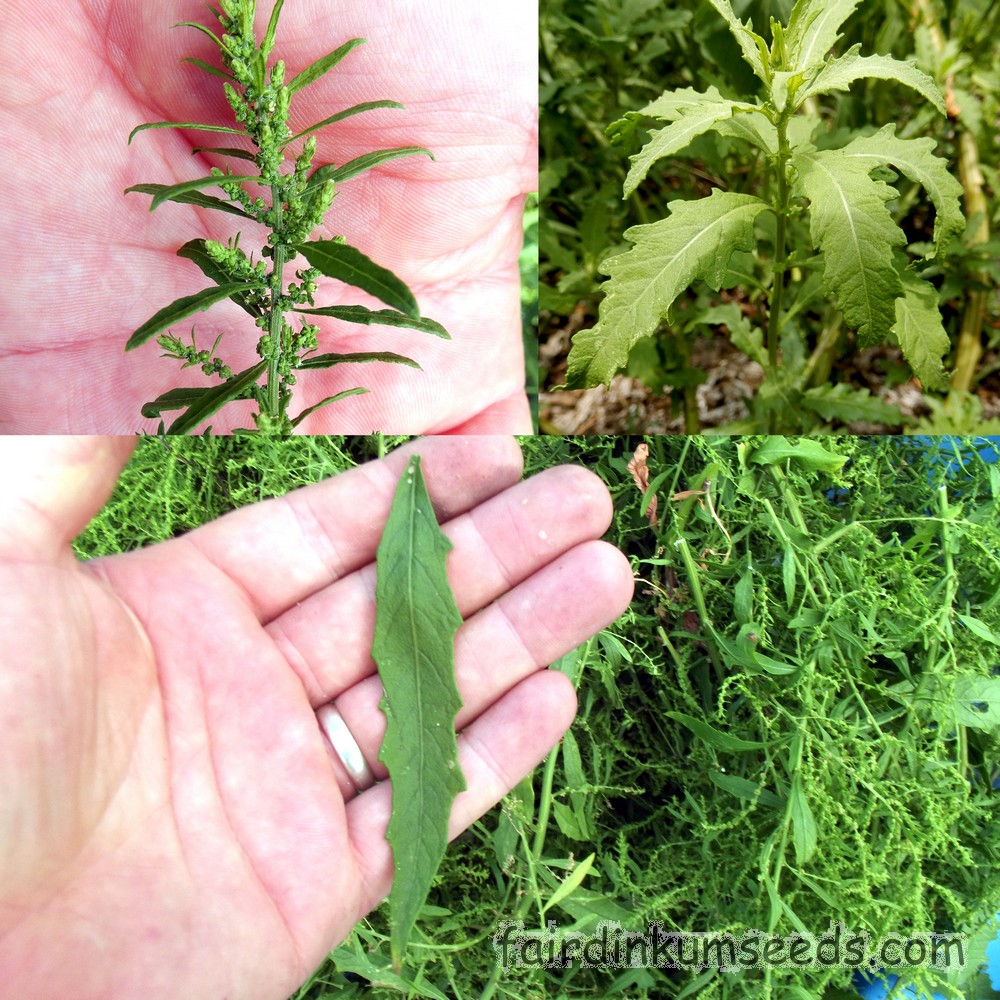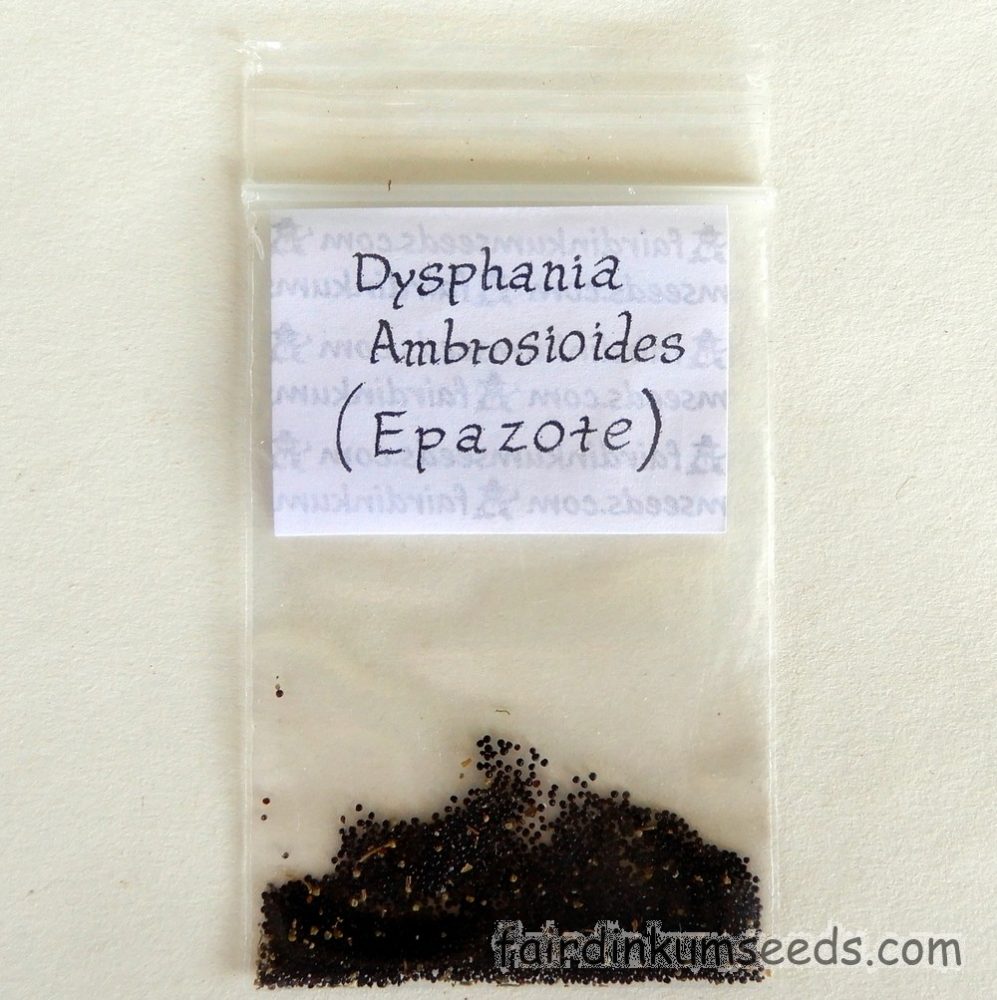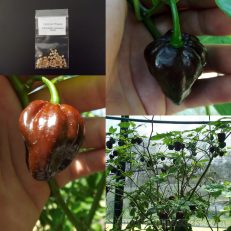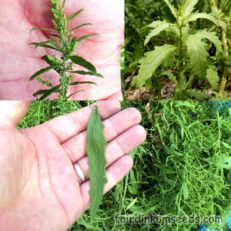Please read text!
Epazote Mexican Tea Dysphania Ambrosioides Oil Chenopodium Seeds
Packet of 100+ tiny little home grown seeds!
I will start with the names as being a popular medicinal herb all over the world, this fella has a lot..
Epazote is what I call it, but it is also known as ambroisie du Mexique, ambrósia, ambrósia do México, American wormseed, annual wormwood, anserina vermífuga, apazote, aposote, biengranada, bitter weed, blue bush, bluebush, boldo, botrice, chenopode ambroisine, chénopode, epazote, ereva mata pulga, erva das lombrigas, erva de bicho, erva de Santa Maria, erva formigueira, feuilles a vers, hedge mustard, herba sanctæ Mariæ, herbe a puces, herbe a vers, hierba hormiguera, huacatay, Indian goosefoot, Jerusalem parsley, Jerusalem tea, Jesuit’s tea, mastruz, mastruço, menstruço, Mexican tea, paico, paico, pasote, payqu, pazote, pichan, pichen, semen contra, semen contra, semicontract, semin contra, simón contegras, Spanish tea, thé du Mexique, tu jing jie, vermifuge, worm bush, wormseed, or even wormwood.
Botanical synonyms it’s been known as include Ambrina ambrosioides, Ambrina anthelmintica, Ambrina incisa, Ambrina parvula, Ambrina spathulata, Atriplex ambrosioides, Atriplex anthelmintica, Blitum ambrosioides, Botrys ambrosioides, Botrys anthelmintica, Chenopodium amboanum, Chenopodium ambrosioides, Chenopodium angustifolium, Chenopodium anthelminticum, Chenopodium citriodorum, Chenopodium cuneifolium, Chenopodium integrifolium, Chenopodium querciforme, Chenopodium sancta maria, Chenopodium spathulatum, Chenopodium suffruticosum, Chenopodium vagans, Chenopodium variegatum, Dysphania anthelmintica, Orthosporum ambrosioides, Orthosporum suffruticosum, Roubieva anthelmintica, Teloxys ambrosioides, Teloxys vagans, and Vulvaria ambrosioides.
There are three uses for it number one being culinary.
Eaten in sensible amounts with meals the same way you use more common herbs like basil and parsley it’s really interesting.
It adds a strong funky resinous aromatic, almost meaty, yet somehow petrochemical flavour.
Sounds weird and it is, but it’s well worth experiencing and it really grows on you.
As a bonus it prevents wind.
Great added to bean dishes to stop gas and stomach discomfort, while at the same time adding some oumph.
The reason it reliably slows digestion and prevents wind is the huge amounts of volatile oils it contains.
This is also why if you eat large amounts fresh it’s disgusting and mildly nauseating.
Some of these oils are toxic in large amounts which leads us to it’s next use, which is as a wormer and insecticide.
It has been used as an intestinal wormer on people, goats, pigs, chooks, etc for thousands of years and has been in cultivation since the Mayans were ruling the roost.
It takes very large amounts or strong concentrated extraction to harm people, but very small amounts to reliably kill insects and parasitic worms.
For this reason I always grow some near our chookhouse and while they don’t eat it straight from the plant very often, they do peck at the leaves if I chuck a few branches in the chookhouse when I feed.
I get chooks from all over Australia to improve the genetics of my flock and despite this, and the fact they free range over the whole property interacting daily with the wild pigeons, feral peacocks, scrub turkeys etc I have NEVER had a mite, tick, worm, or parasite issue in all the years we have been here.
All I do is clean out the pen that they get locked up in at night, and every couple weeks I cut a few branches of this fella and chuck it in the pen with them.
The plant matter prevents insects in the bedding and them eating small amounts of it works the same way as a conventional wormer does, preventing parasitic infection.
Like any medicine dose is important, and while I have never seen a report of people being poisoned from eating the fresh plant matter, when chemically extracted and concentrated the oil can kill you if you eat enough.
Eucalyptus oil is the same and eating just 3.5ml of pure Eucalyptus oil can be fatal.
Treat this plant as a herb, using just a pinch here and there, cooked into meals like you would with a Bay leaf.
If you eat a handful fresh it will make you very very sick, nausea being natures emergency warning system.
There have been cases of folks using concentrated oil as a medicine in large amounts and in the case of overdose it is known to cause deafness, vertigo, paralysis, incontinence, sweating, jaundice, it can even be fatal.
Be sensible folks, this is truly a toxic, medicinal, and yet culinary herb…
It has very high levels of Ascaridole(up to 70%!), limonene, p cymene and small amounts of numerous other monoterpenes and monoterpene derivitives like alphapinene, mycene, terpinene, thymol, camphor and trans isocarveol.
Ascaridole (1,4 peroxido p menth 2 ene) has a strong petrochemical flavour and in it’s pure form it is a powerful explosive sensitive to shock.
Explosions being another reason DIY chemical extractions of the oil from this plant isn’t a great idea…
The oil extracted from this plant is called “Oil of chenopodium” and in the early 1900s it was one of the major anthelmintics used to treat ascarids and hookworms in humans, cats, dogs, horses, and pigs.
Anthelmintics are the drugs used to treat infection of parasitic worms.
It was also sometimes referred to as Baltimore Oil, because of the large production facility in Baltimore that specialized in extracting the oil from the plant. Chenopodium was replaced with other, easier to handle and less dangerous anthelmintics in the 1940s.
Chenopodium is still used to treat worm infections in humans in many countries today. In Honduras, as well as other Latin American countries, the whole plant or the leaves are ground and added to water. This mixture is then consumed. In a few areas in Latin America, the plant also is used on a large scale to treat worm infections in livestock.
Epazote not only contains terpene compounds making it unattractive to insects itself, it also delivers partial protection to nearby plants simply by masking their scent to some insects, making it a very useful companion plant.
It makes a great insecticide when made up as a weak tea.
That brings us to it’s third use which is as a companion plant.
I can absolutely vouch for that as our eggplant that were closest to this stuff don’t get touched but the other end of the row they get hammered by caterpillars and fruit fly.
The flowers it makes attract the native bees and some predatory wasps too.
There you go, another great multipurpose plant for us self-sufficiency folks.
Grown by us organically, no nasties, no chems, no problems!!!






